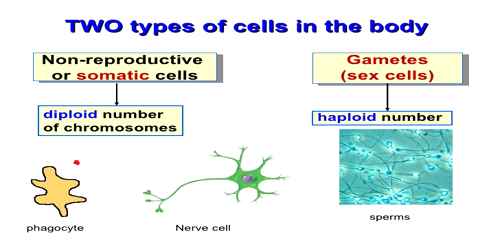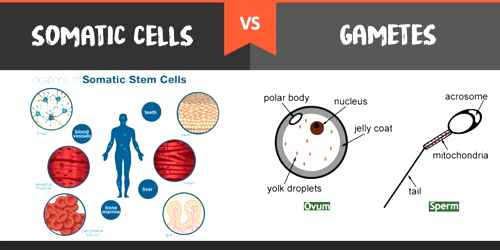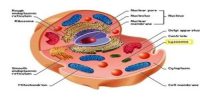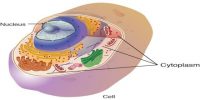Those who have life are living beings. Microorganisms, Plants and Animals have life, so they all are living beings. Cells are considered the fundamental units of life in division because they come in detached and simply identifiable packages.
Nature of Living Cell on the basis of Function
Somatic cell: These cells assemble the living body but do not take part in reproduction. In the lower group of living objects they are haploid i.e. only one set of chromosomes are present, but in higher groups they are diploid i.e. there are two sets of chromosome in the nucleus. Somatic cell is generally any cell of a multicellular organism that will not contribute to the production of gametes, i.e. most cells of which an organism is made: not a germ cell.
Reproductive cell: These cells take part in sexual reproduction but do not assemble the focal body. These cells are also haploid. Sperm and ovum are examples of reproductive cell. A reproductive cell includes only a single (haploid) set of chromosomes. Animal egg and sperm cells, the nuclei in grains of pollen, and egg cells in plant ovules are all reproductive cells. Also called gamete, sex cell.

Size, shape and Structure of Living cell: It is usual to have some diversity in size, shape and structure of cells. The size, shape and structure of a eukaryotic cell (eucell) are described below in brief.
- Size: A cell may be 0.1 µ (micron) to 55cm (centimeter) or even more. [1 Millimeter = 1000 Micron]
- Shape: Cells are of dissimilar shapes. Mainly they are spherical, oval, rectangular, barrel shaped or polygonal.















